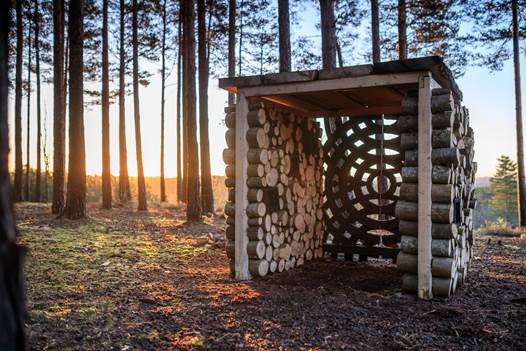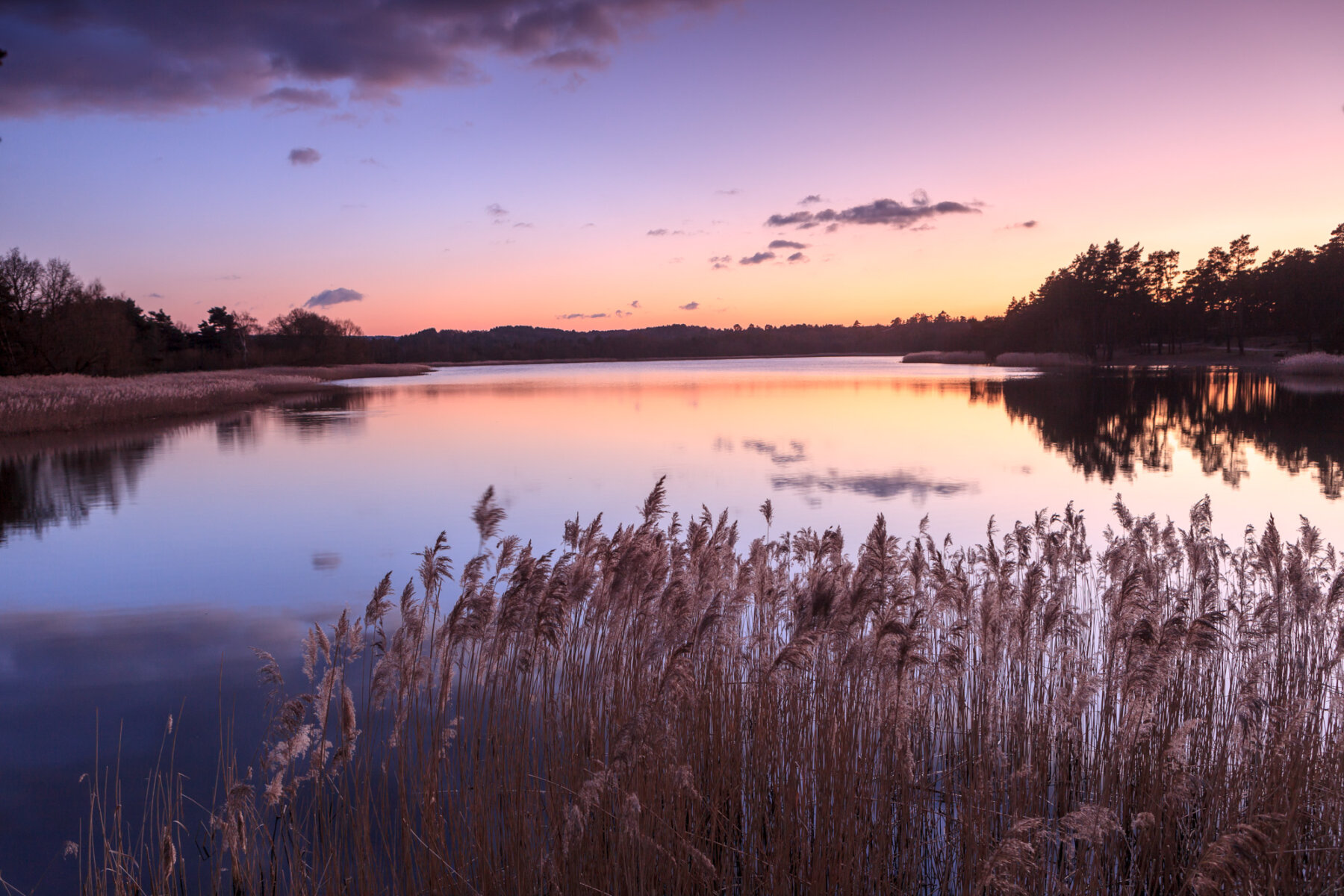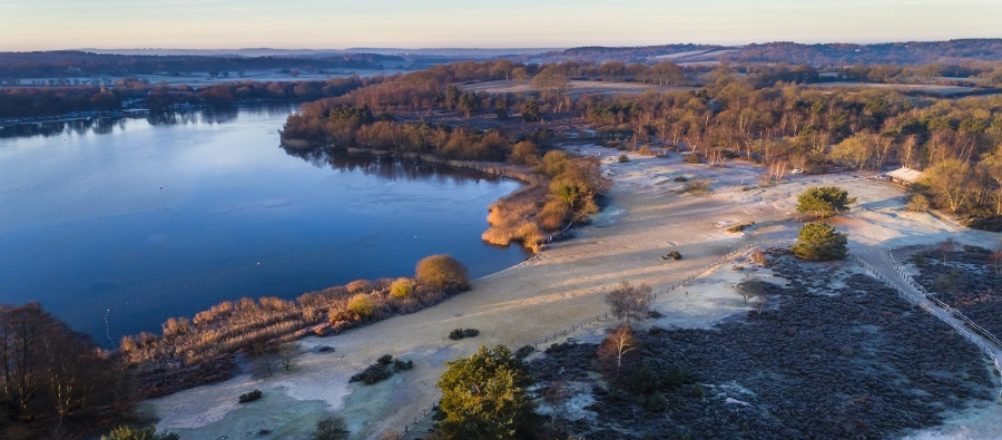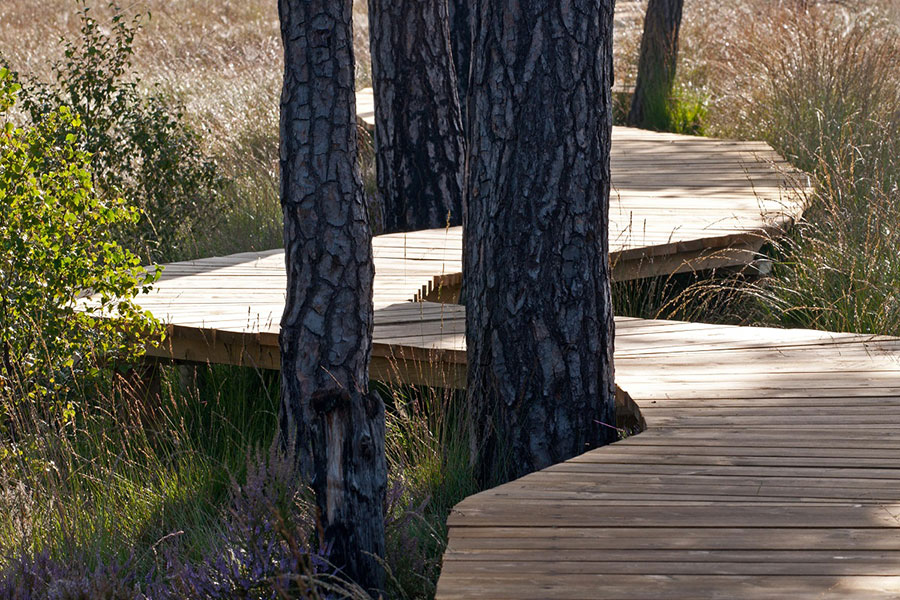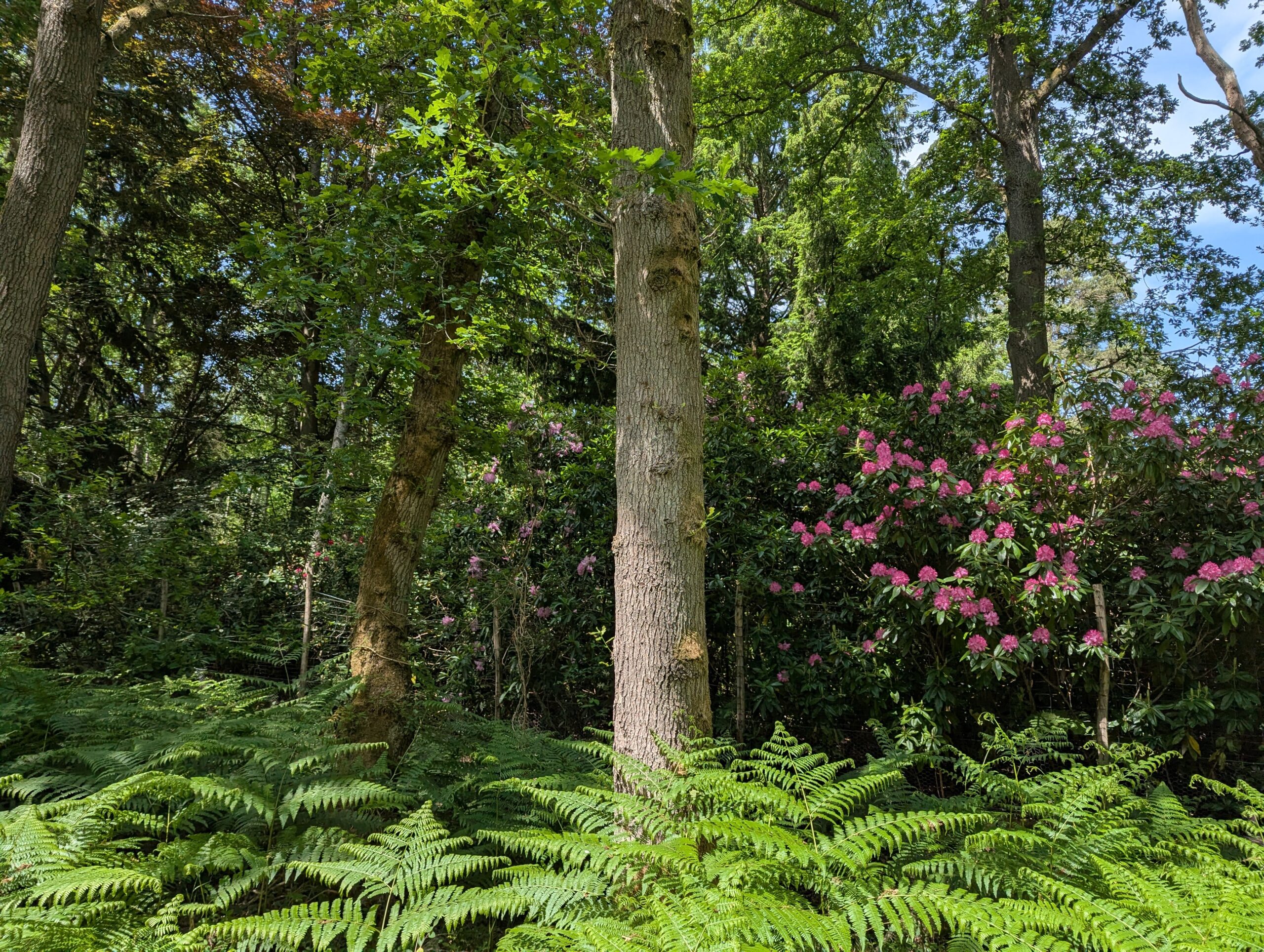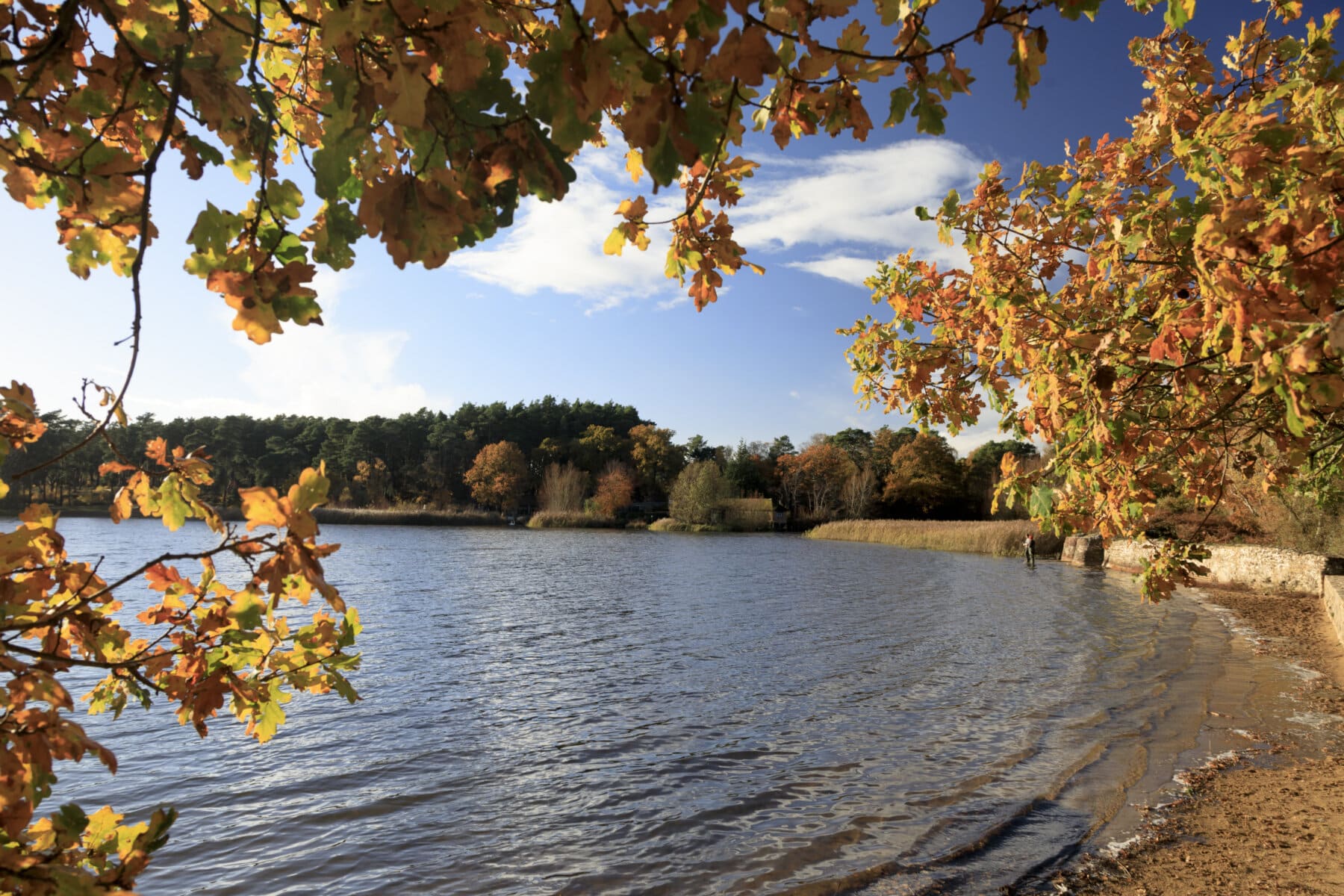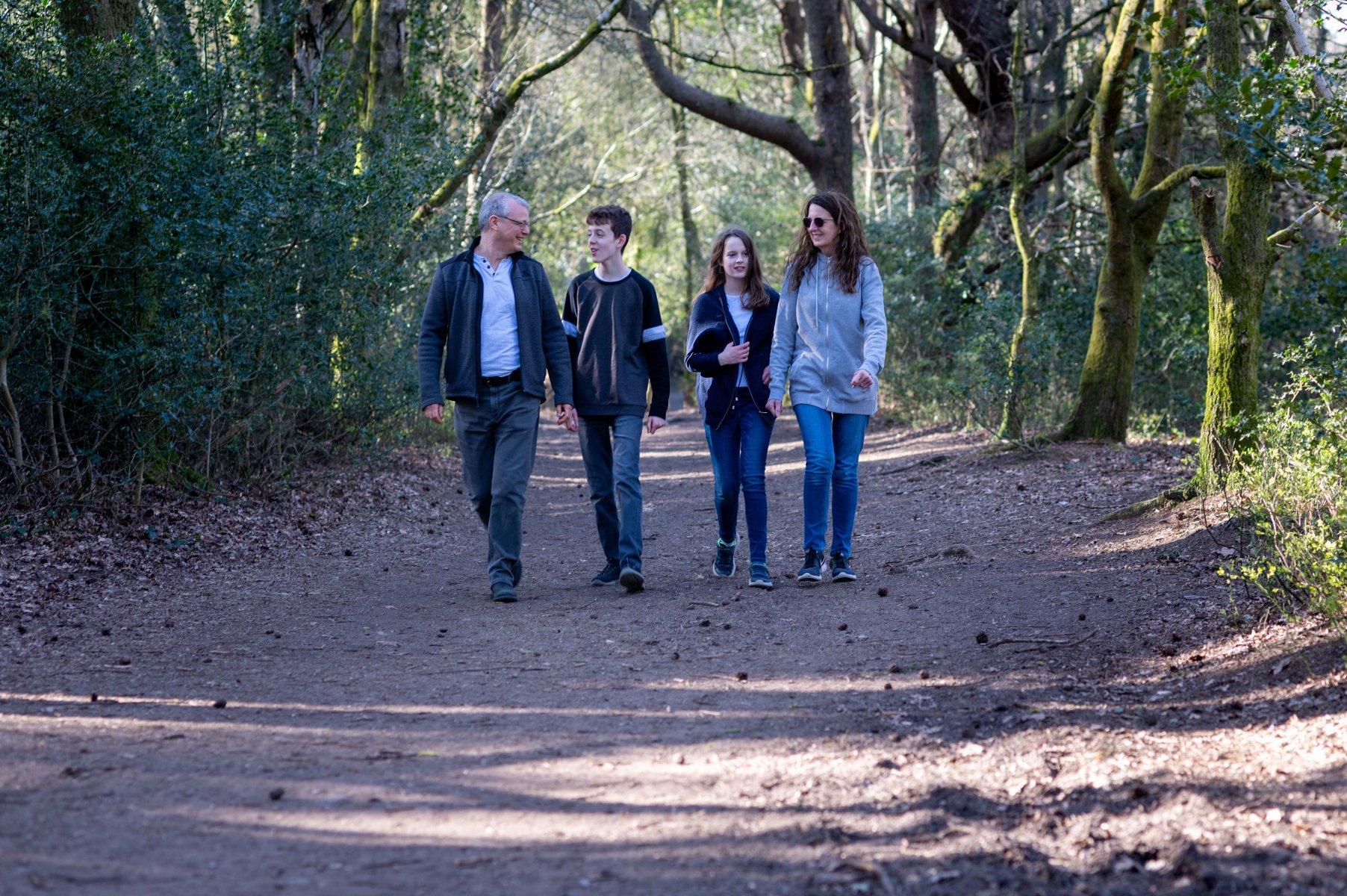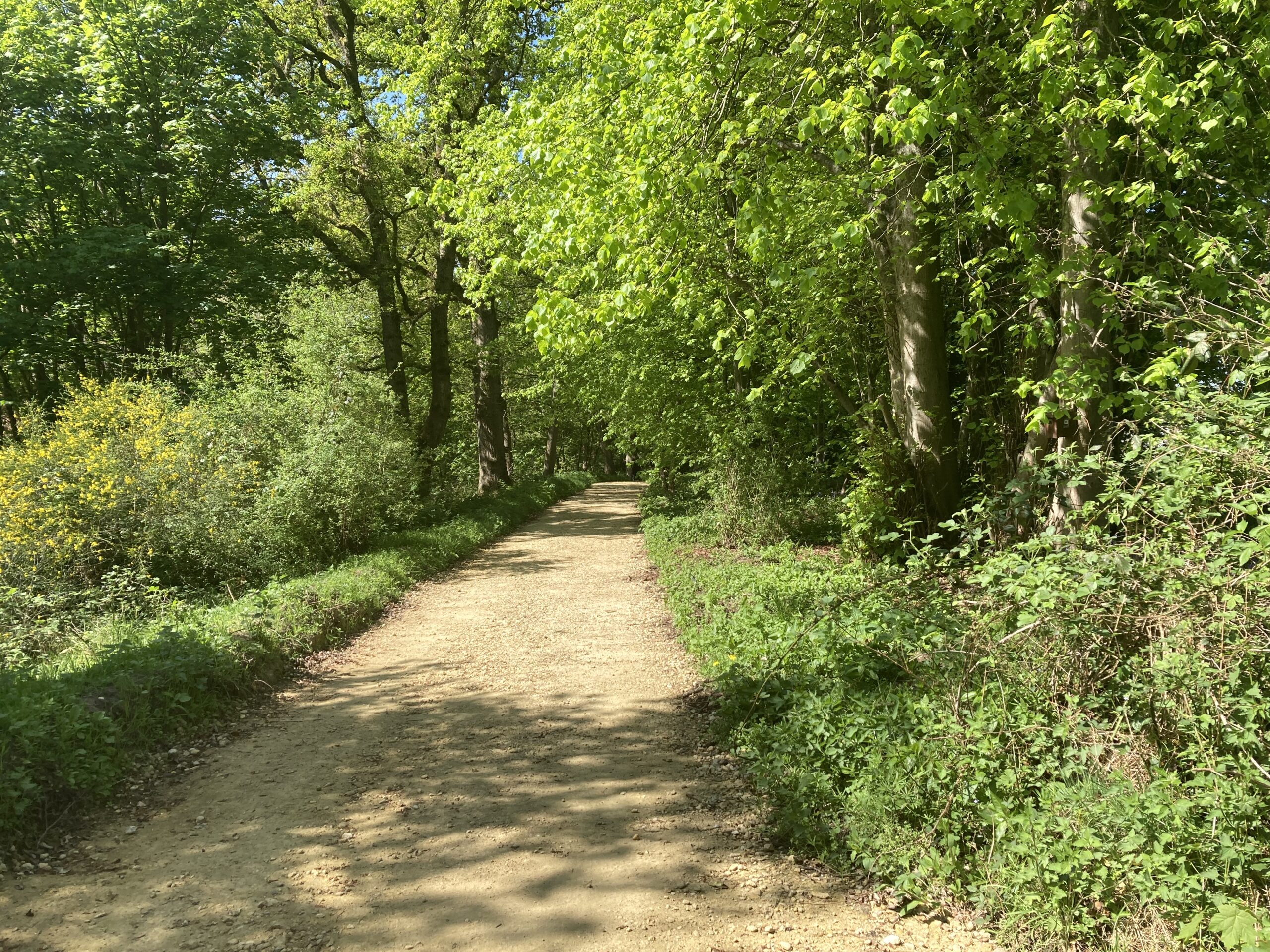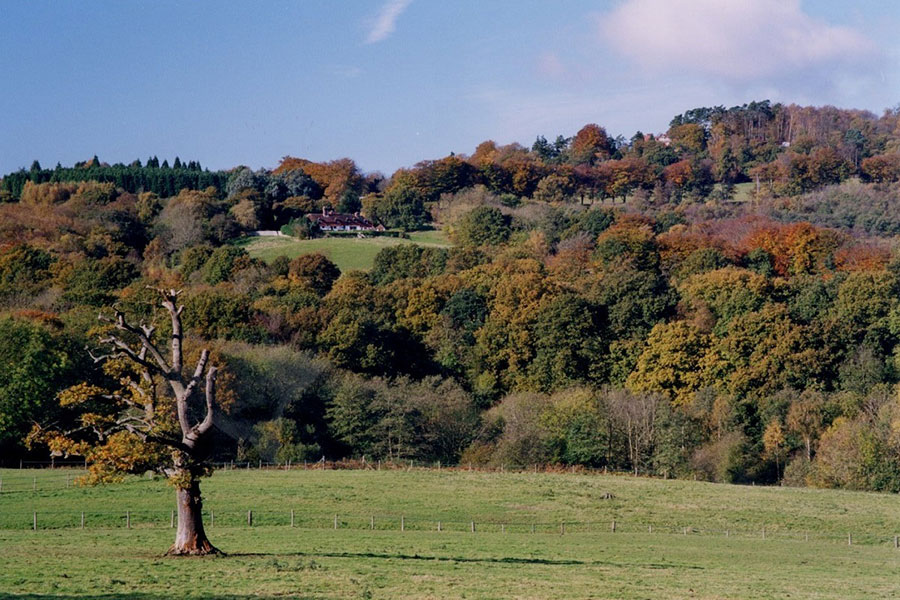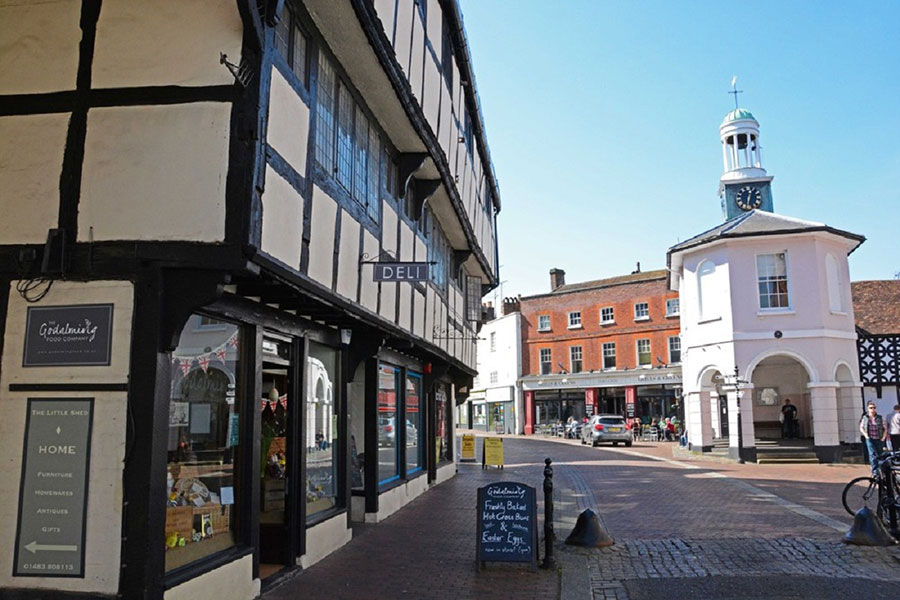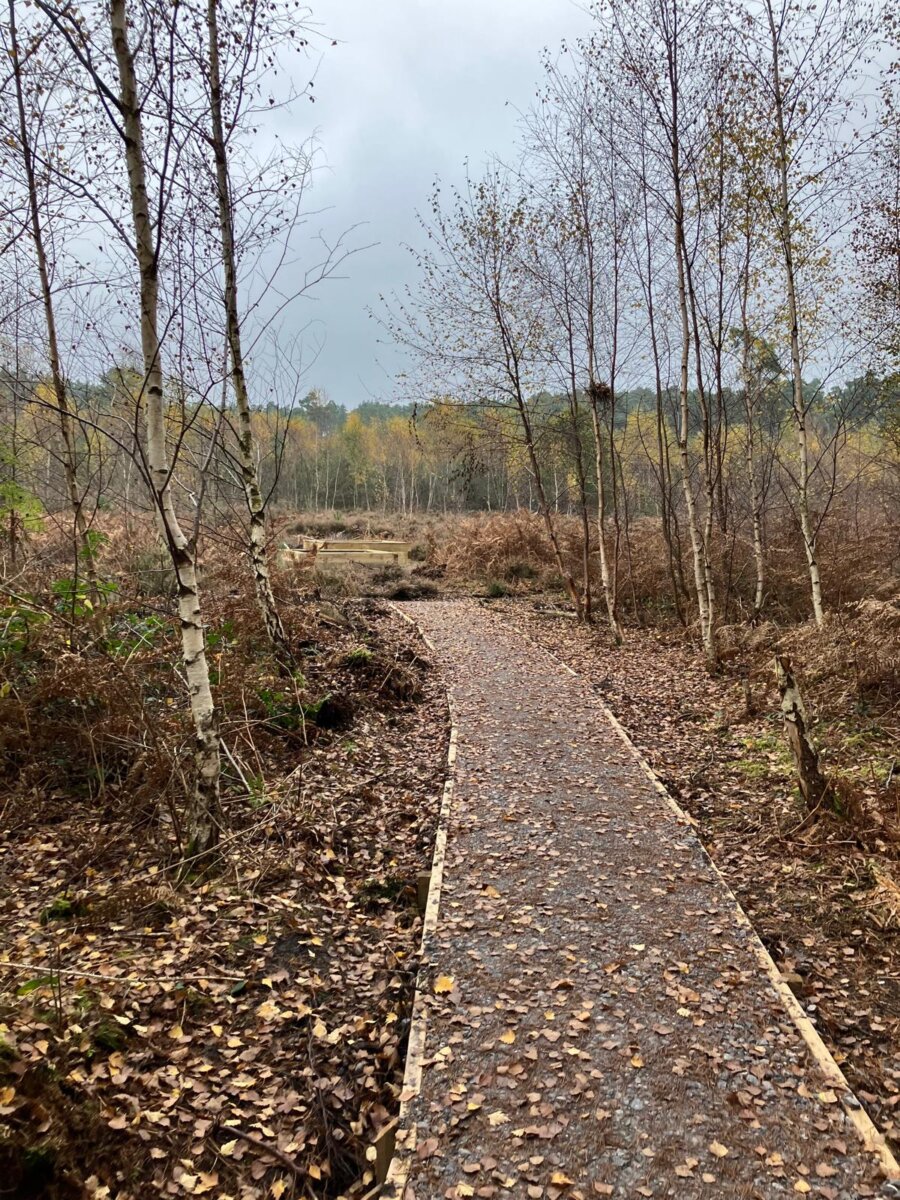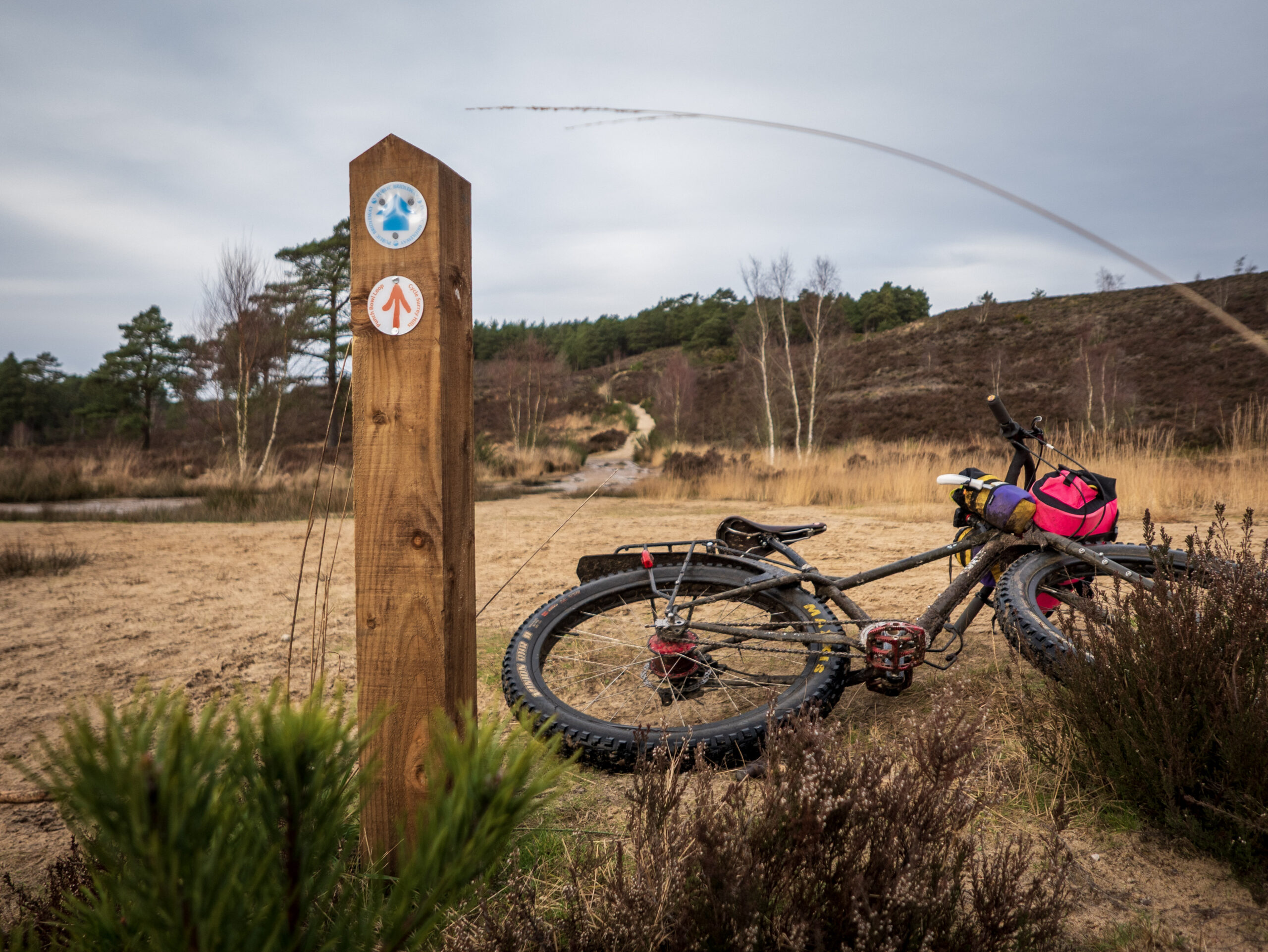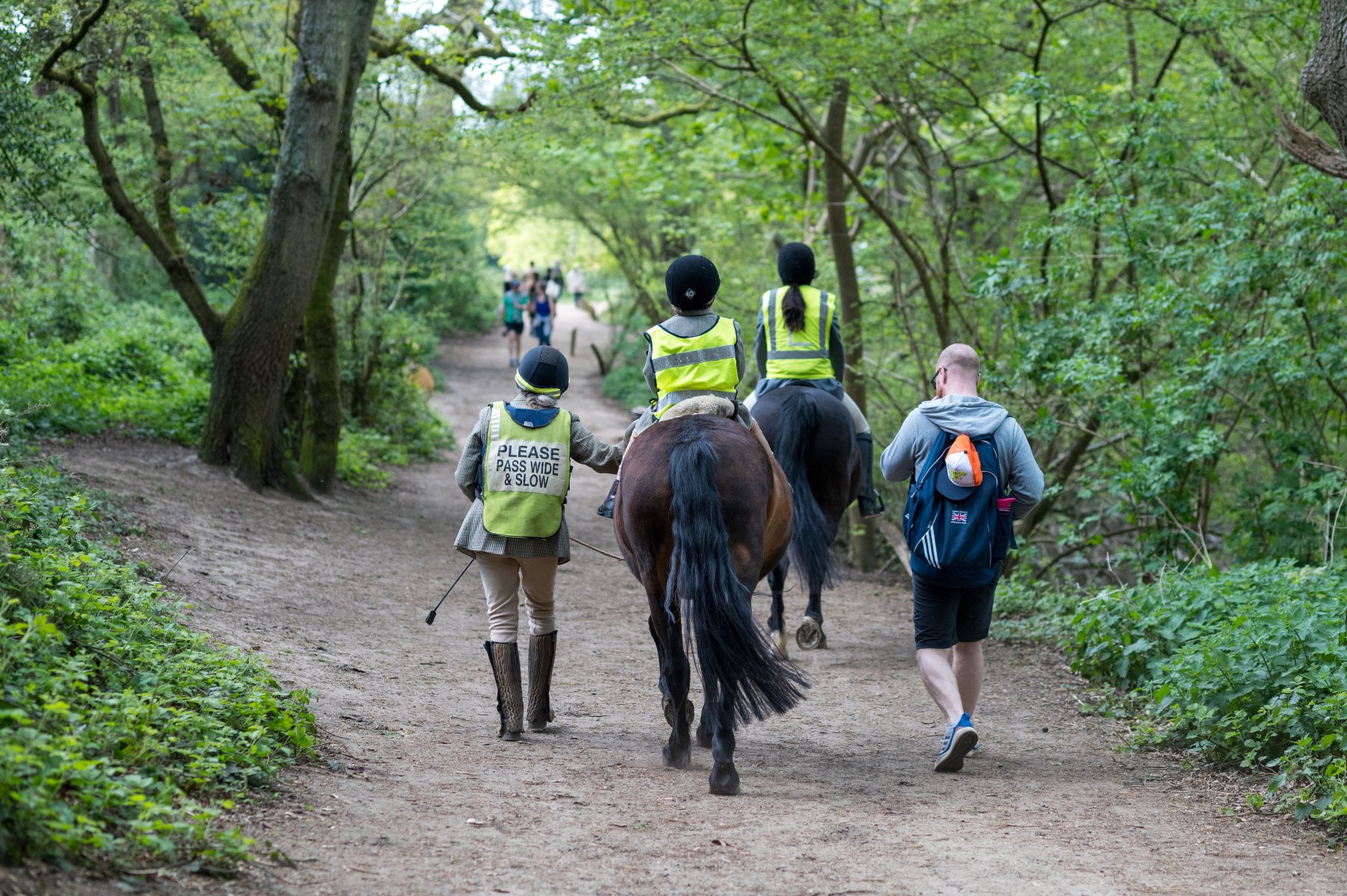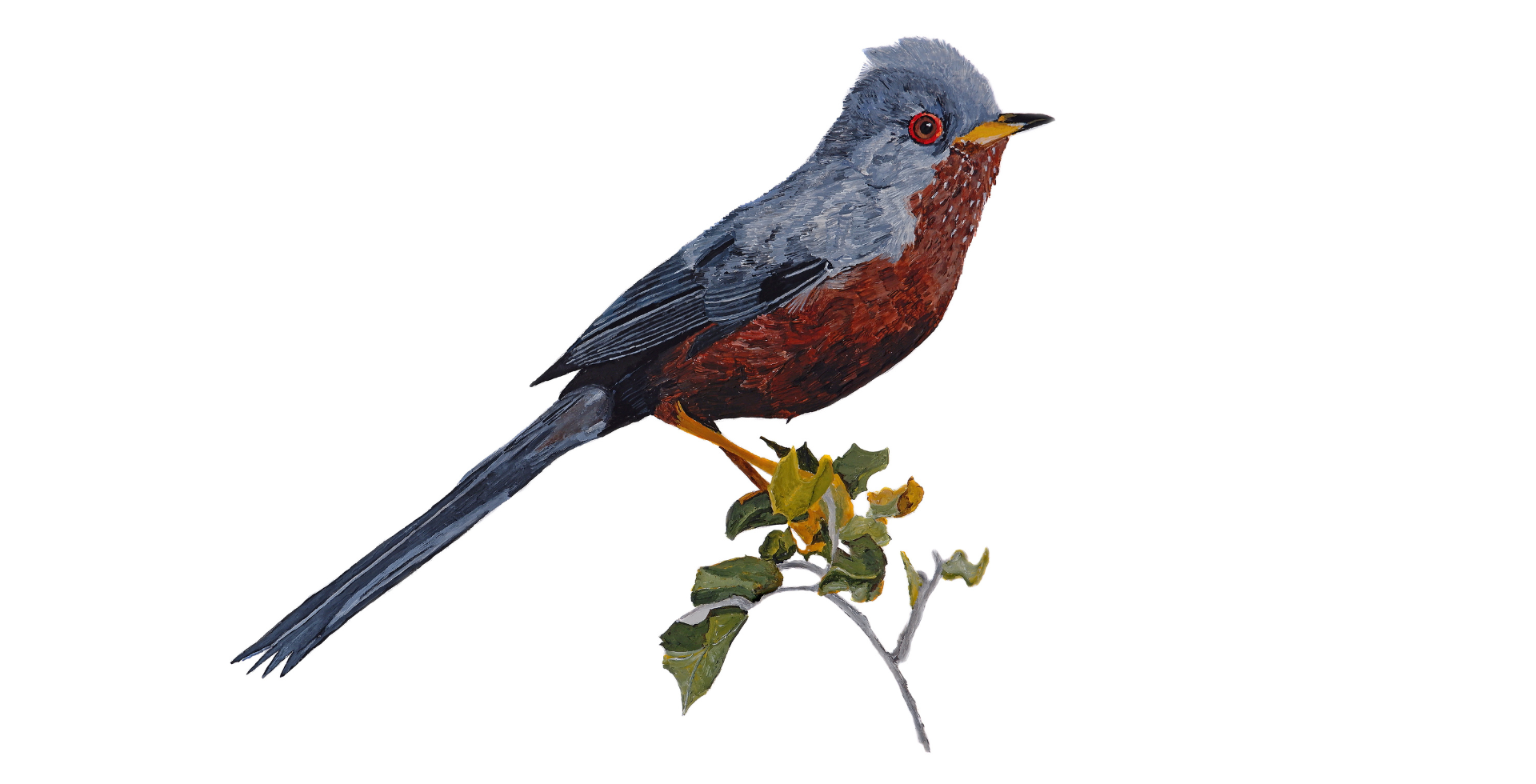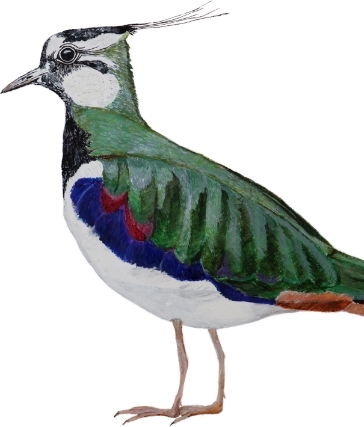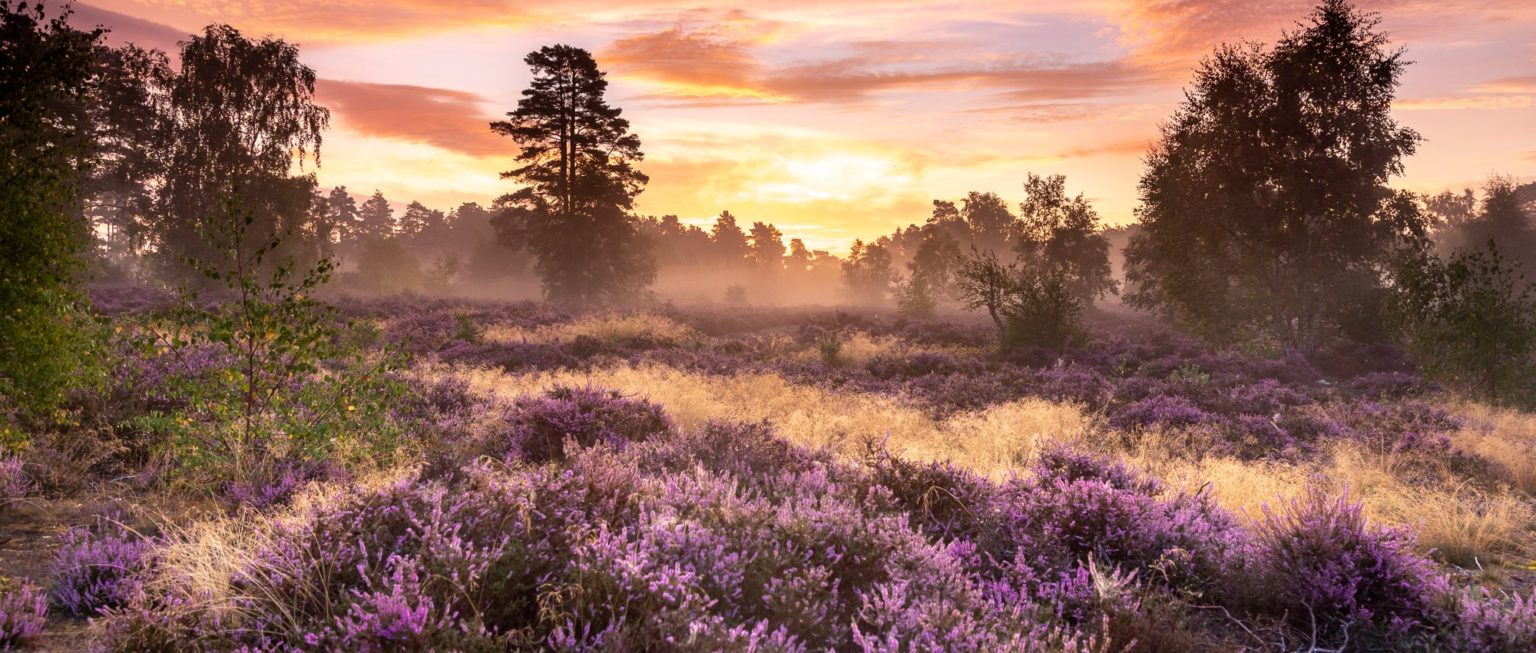
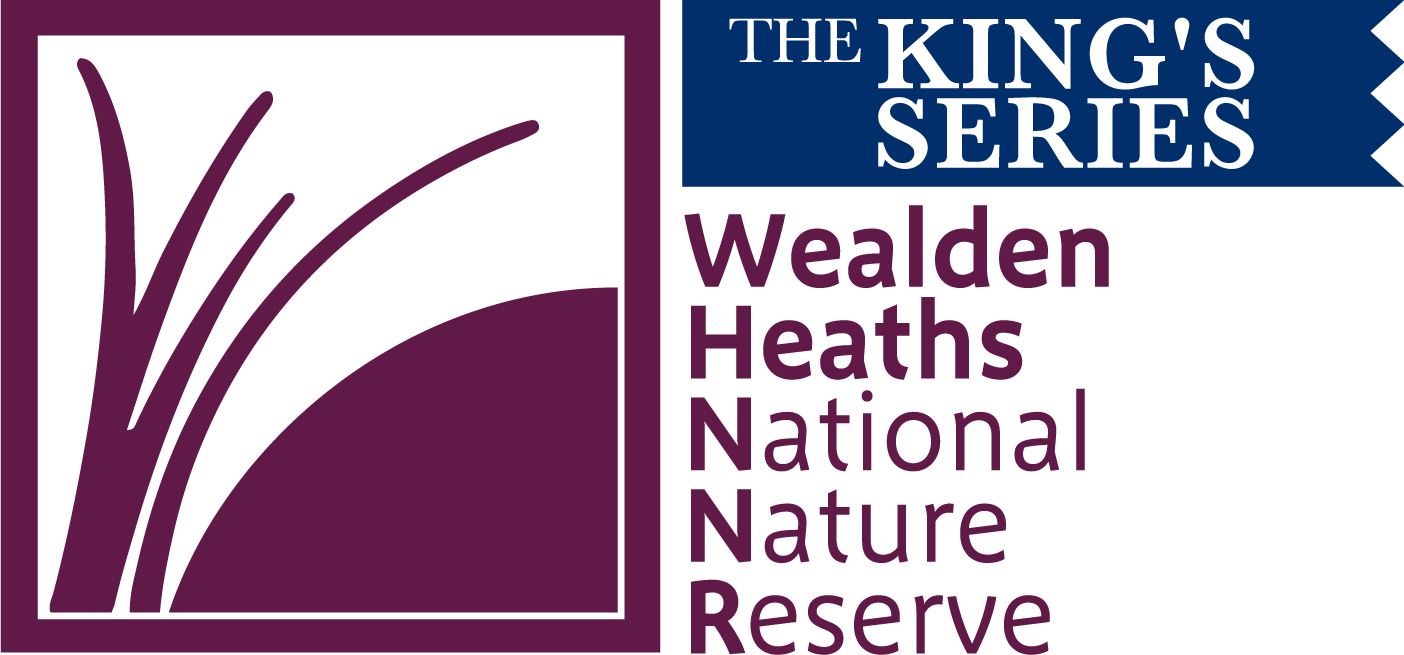
Wealden Heaths National Nature Reserve
Explore, connect and respect
Declared in 2025, the Wealden Heaths national nature reserve combines the existing Thursley NNR with 2,440ha of the surrounding landscape to make a bigger, better and more joined up area for nature to thrive.
Wealden Heaths NNR is a patchwork of ancient and rare heathlands knitted across Surrey, Hampshire and West Sussex. It is one of England’s most important sites for nature, supporting rare species including all six native reptiles, Natterjack Toads and three SPA-designated bird species.
The biggest partnership NNR so far, 9 landowners and stakeholders are working to achieve landscape-scale conservation that no single organisation could deliver alone.

Your Visit
Connect with nature and help us care for this incredible landscape by following the Heathland Code.
The Wealden Heaths is a complex and rare landscape that is vulnerable to wildfire and home to special wildlife including heathland birds that nest on the ground.
The Heathland Code helps us all to care for our rare heathlands, the wildlife found here, and for each other:
- Paws on paths please
- Please take your litter home
- Please Bag and Bin, or take home dog waste
- Respect and protect our wildlife
- Dogs on leads around grazing livestock (but let go if chased)
- Respect other users of this Nature Reserve
- Please stay on permitted paths for your activity
- No naked flames, fires or barbeques
- Do not pick wildflowers or fungi
Rare heathland birds like Nightjar, Woodlark and Dartford Warbler, nest on the ground or in vegetation very close to the ground. This makes them extremely vulnerable to disturbance by people and their pets. Disturbance causes birds to flush from their nest, leaving eggs or chicks exposed and vulnerable to chilling or attack by predators. It may also stop birds from taking food to the chicks and cause them to abandon the nest completely.
Wildfire is one of the most significant dangers to heathland. It can spread fast, destroying whatever is in its path. Fires can burn for days, sometimes burning underground and reappearing elsewhere. Wildlife such as young birds, lizards and small mammals are at risk but also the lives of visitors and houses fringing the heathlands.
Explore the Wealden Heaths
Discover what there is to do around the Wealden Heaths, from walking and cycling routes to art trails and family days out.
The Wealden Heaths is made up of so many special places. When you tread carefully, you can experience the unique tranquillity of what makes this a National Nature Reserve.
Visit the Surrey Hills National Landscape
Things to do in the Surrey countryside
Explore the 600 acres of the Hampton Estate
Plan your day out with the National Trust
Plan your day out with the RSPB
Explore art events, installations and experiences with Surrey Hills Arts
Help Nature Thrive
Volunteer: Connect with nature
From habitat restoration to wildlife monitoring, volunteers play a key part in helping to conserve one our most precious and rare habitats. Find volunteering opportunities here Heathland Connections Volunteers – Surrey Hills National Landscape)
About the Wealden Heaths NNR
History of heathland
Over the last 200 years we have lost 84% of our heathland to roads, homes, businesses and lack of management. That doesn’t leave many wild places left for all the special plants and animals that depend on heathland to survive.
Historically, heathlands have been shaped by people using the products of the land to live. This led to a complex mosaic of open dry and wet heath, acidic grassland, regenerating woodland, and scrubby heath. With the industrial revolution came a rise in intensive agriculture and urban development, which has caused an 80% decline in heathlands since 1800s.
Creating nature-rich landscapes
Nowadays, heathland is managed by mimicking traditional land management practices such as grazing, tree felling and scrub clearance. This allows regeneration of acid grassland and heath habitat, as well as the creation of microhabitats (like bare ground) in which certain species thrive. Light and controlled grazing has limited impacts on ground nesting birds and bring a multitude of benefits such as removing nutrients, invasive species control, and creating a rich mosaic of habitats.
In partnership across the NNR, landowners and stakeholders are working to enhance, restore, and connect heathland areas to create a network of wildlife-rich sites – creating a bigger, better and more joined up area for nature to thrive.
Managing wildfire
Wildfire management is an important part of heathland management. Naturally occurring wildfires are very rare in the UK. Wildfires are often started through an act of carelessness – a discarded cigarette, disposable barbecue or litter. Wildfires can have a devastating impact on species and the habitats they rely on and with climate change, the risk, timing, and severity of wildfires is only increasing.
Wildfires are managed through preventative actions like the creation of fire breaks, vegetation removal, removal of litter and raising public awareness.
The Wealden Heaths National Nature Reserve was born out of the Heathland Connections (Heathland Connections – Surrey Hills National Landscape) Nature Recovery Project. A project aiming to connect up heathland with the wider landscape and to connect people with that landscape by improving access and promoting sustainable transport options.
This 2,765 ha-hectare ‘super’ NNR combines the existing Thursley NNR (325ha) with 2,440ha of partner-managed land. The reserve is managed by Amphibian and Reptile Conservation, Forestry England, Hampton Estate, Natural England, National Trust, RSPB, Surrey County Council, Surrey Wildlife Trust, Waverley Borough Council.
The NNR falls mostly within the Surrey Hills National Landscape with a small portion falling within the South Downs National Park.
The Wealden Heaths landscape is a complex mixture of habitats with one of the largest remaining fragments of heathland in Surrey.
Lowland heathland is one of the world’s rarest habitats and known for its free-draining, sandy, acidic, and low-nutrient soil. It’s home to dwarf shrub species like heather and gorse which create a distinctive (and stunning) landscape.
There are also ponds, peat bogs, boggy pools, acid grassland, bare ground, and pine and deciduous woodland.
The NNR is home to a rich array of life, including species that are rare and threatened, such as all six native reptiles, Natterjack Toads, three ground-nesting bird species (Nightjar, Woodlark and Dartford Warbler), and a range of other breeding and wintering birds.
Highlights include:
- Birds: Nightjar, Woodlark, Dartford Warbler, Curlew, Stonechat, Hobby, Great Grey Shrike, Lapwing, Redstart, Cuckoo
- Reptiles: Smooth Snake, Adder, Grass Snake, Common Lizard, Sand Lizard and Slow Worm
- Rare native plants: Round-leaved Sundew, Bog Hair-grass, Bog Orchid, Marsh Clubmoss, Brown Beaked Sedge
- Insects: Silver-studded Blue butterfly, Grayling butterfly, Field Cricket, Heath Tiger Beetle, Raft Spider, Hornet Robberfly, Mottled Bee Fly, Small Red Damselfly, Downy Emerald dragonfly, Black Darter dragonfly

The Wealden Heaths National Nature Reserve (NNR) was designated in 2025 and is internationally important for nature.
The reserve is managed in partnership by: Amphibian and Reptile Conservation, Forestry England, Hampton Estate, Natural England, National Trust, RSPB, Surrey County Council, Surrey Wildlife Trust, Waverley Borough Council.


